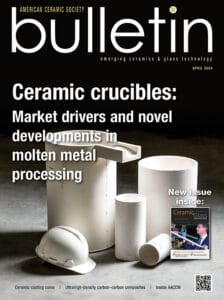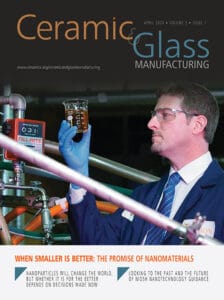Electronic and mechanical properties that control the function of ceramic devices, like capacitors and sensors, are highly dependent on the structure and chemistry of grains, grain boundaries, and the subsequently formed grain boundary network. The atomic structure, bonding configuration, defect distribution, segregation behavior of these boundaries, and the overall microstructure of the system, are altered by material processing techniques. Developing a fundamental understanding of the effect of processing techniques on modifying these internal interfaces, and in turn, impacting the microstructure of ceramic materials is needed in order to tailor their properties and optimize their application in device technology.
This symposium explores fundamental research into the modifications of internal interfacial structure and composition as well as microstructure evolution in functional materials as it relates to processing techniques. These processing techniques include sintering, electric fields, high temperature and cryogenic application, and gas environment.
Proposed Sessions
- Interface structure and chemistry
- Atomic structure, chemistry, bonding configuration
- Defect and segregation behavior
- In-situ microscopy evaluation
- Microstructure evolution
- Grain growth and mobility
- Nanocrystalline ceramics
- Material properties
- Processing parameters
- Mechanical and electric fields (SPS, FAST, HIP)
- Extreme temperatures (cold sintering, SPS)
- Environments (oxygen, hydrogen)
Symposium Organizers
- James Wollmershauser, Naval Research Laboratory, USA, james.wollmershauser@nrl.navy.mil
- Edward Gorzkowski, Naval Research Laboratory, USA, edward.gorzkowski@nrl.navy.mil
- Amanda Krause, University of Florida, USA, a.krause@ufl.edu
Subscribe to Ceramic Tech Today

Don’t miss the latest ceramic and glass materials news. Receive the CTT newsletter to your email three times a week by subscribing at this link.
Subscribe to Ceramic & Glass Manufacturing Weekly

Don’t miss the latest ceramic and glass business news. Receive the C&GM Weekly newsletter to your email every Monday by subscribing at this link.


